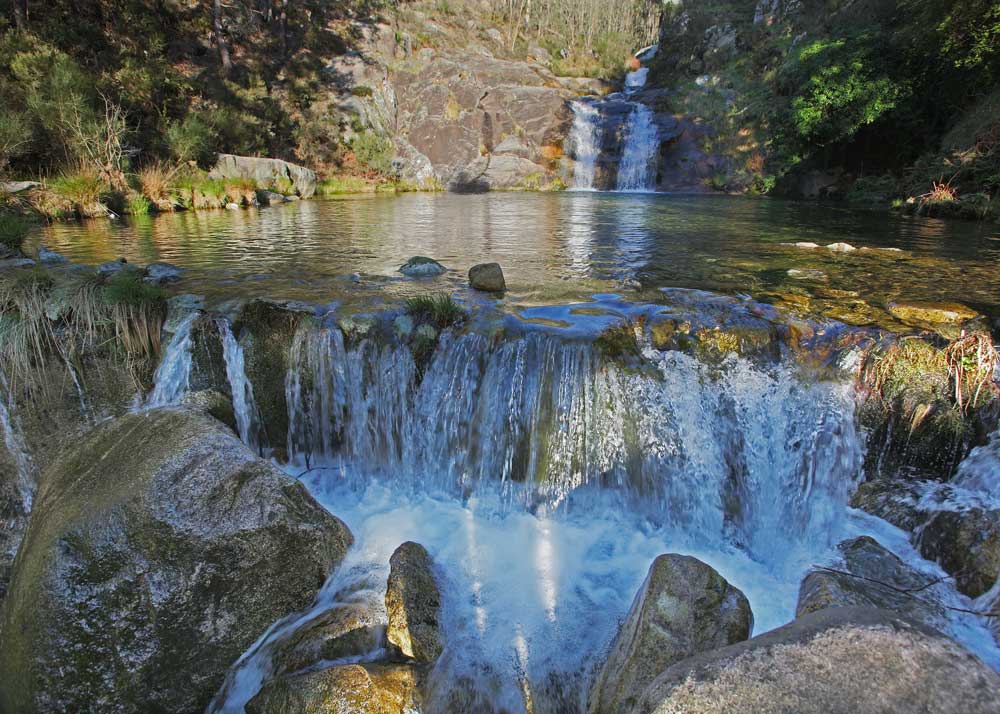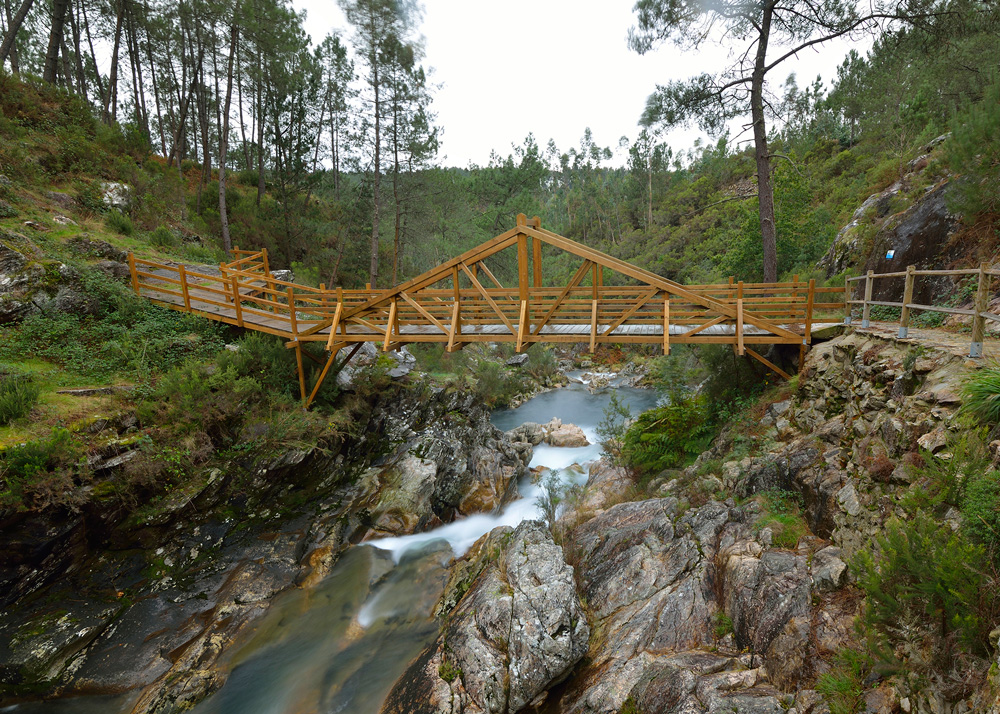Oia is located in the northern limit of the region of Baixo Miño. It borders on O Rosal to the south, on Baiona to the north, on Tomiño to the east and on the Atlantic Ocean to the west. Its area is of 83 km2 and its population of 3008 inhabitants (2015 census).
From the touristic point of view, Oia stands out because of its natural and archaeological heritage. It is the wider Atlantic strip of the region and the transition from the coast to the mountain is very abrupt and then, it offers an unrivalled setting for the practice of several outdoor sports, both mountain and nautical sports.
It is an ideal place for practicing paragliding. Besides, in the municipality, many Celtic settlements and petroglyphs very well preserved can be visited. It is estimated that there are more than 150 petroglyphs in Oia.
The ancient monastery of Santa María de Oia is a reference point of the municipality. It is a Cistercian monastery which date back to the 12th Century and it is only a few meters from the coast. It is also an Asset of Cultural Interest.
Oia is an excellent destination for those looking for adventure, sports, nature and history.

Santa María de Oia monastery
Category: religious heritage
Location: 42.00281276, -8.876398716
This ancient Cistercian monastery was founded in the 12th Century. The first documental evidence date back to 1137.
The introduction of new works in the region, such as free-grazing of horses, or the use of medicinal plants has been attributed to the monks of this monastery. For that purpose, the monks had a chemist’s and a vegetable patch. From an architectural point of view, the medieval aspect of the site should be highlighted, consistently with the austerity they preached. Its nearness to the coast is also noteworthy. It was declared an Asset of Cultural Interest in 1931.
Nowadays, the monastery is privately owned. It is planned to turn it into a hotel with thalassotherapy.

The river pools of Mougás
Category: natural heritage
Location: 42.0605833, -8.8621
There are lots of valleys watered by little rivers and streams. Peito River, in the southern side of the mountain range of a Groba, has lots of pools and small waterfalls. The most well-known are the river pools of Mougás because of their size and beauty. The river pools of Mougás are a usual destination in summer and are part of a very attractive recreational area.

Celtic settlement and petroglyphs of A Cabeciña
Category: archaeological heritage
Location: 42.05981667, -8.884633333
It is one of the most interesting archaeologic sites along the Oia coast. It is made up of two elements belonging to different eras: the Celtic settlement and the petroglyphs. In the access area, there are some granitic outcrops and on the left, oriented to the Atlantic Ocean, a series of petroglyphs of about 4000 years old.
It is noteworthy that the Celtic settlement remains include the ancient defensive wall. Archaeological works are currently being carried out.

The river pool of El Arco
Category: natural heritage
Location: 42.00794172, -8.802555238
The river Tamuxe include a series of pools flanked by recently restored water mills, a recreational area and a river path. It is an ideal area for relaxation and leisure close to nature.

Pozas de Loureza
Category: natural heritage
Location: 41.99907158, -8.811735428
Following the Tamuxe river until the parish of Loureza, the river generates pools and small waterfalls in an unrivalled setting to have a swim and rest. The area stands out because of its natural beauty and the recreational options it offers.




